Watercolor painting enchants both artists and art lovers. Historically, watercolor evolved from a simple medium into the celebrated art form we have today. In this blog post, we explore the rich history of watercolor painting, tracing its origins, development, and significance in the art world. Whether you’re an aspiring artist or a history enthusiast, understanding the history of watercolor helps appreciate its beauty and versatility.
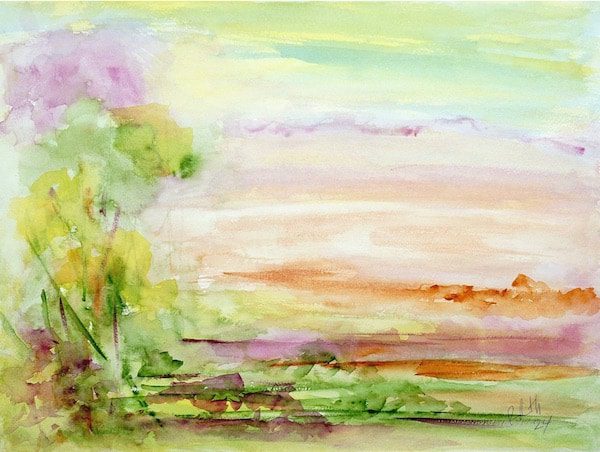
Origin of Watercolor – Pigment Mixed with Water
The origin of watercolor goes back to ancient civilizations. Finely ground natural pigments mixed with water created early forms of the medium. (Natural pigments come from nature, like minerals, plants, and insects.)
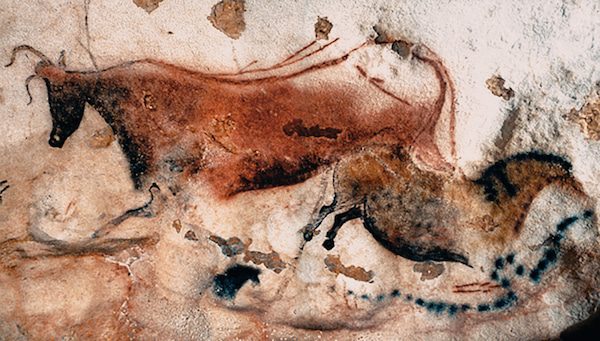
The earliest evidence of watercolor-like paintings dates back to cave paintings in Lascaux, France, around 15,000 years ago. Artists used natural earth pigments, minerals, and plant materials to create vibrant colors, which they applied to cave walls.
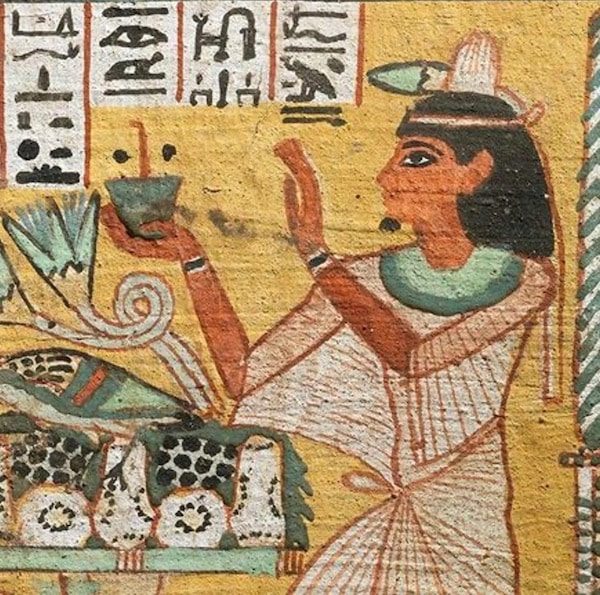
The ancient Egyptians utilized water soluble plant resins for their tomb decorations. They also derived pigments from minerals such as calcite, red and yellow ochre, malachite, and carbon.
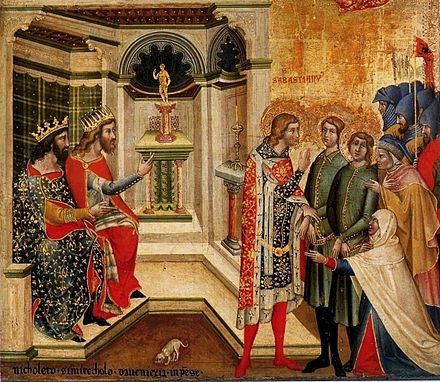
During the Middle Ages, the preferred artist medium was egg tempera. Egg tempera consists of pigment mixed with water and a binder, usually egg yolk. Artists liked this medium because of its permanence and quick drying.

Watercolor nature paintings became popular in China around the 4th century. The Chinese developed a unique style of painting emphasizing brushwork and emotive expression, laying the foundation for later watercolor techniques.
History of Watercolor Painting From the Renaissance and Beyond
It wasn’t until the Renaissance that watercolor emerged as a standalone art form. Artists like Albrecht Dürer experimented with the medium, creating stunning works that rivaled oil paintings.
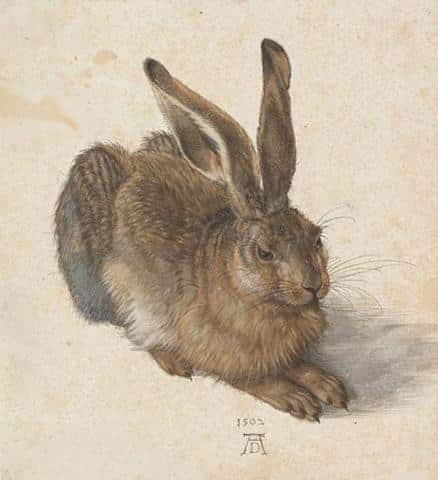
The Rise of Watercolor in 1800’s Europe

By the 1800’s, watercolor painting gained popularity in Europe, particularly in England. This era saw a shift from traditional oil painting to more fluid and spontaneous artistic techniques. Also, the invention of new pigments and the introduction of high-quality paper made watercolor more accessible to artists and amateurs alike. This accessibility fueled a growing interest in the medium.
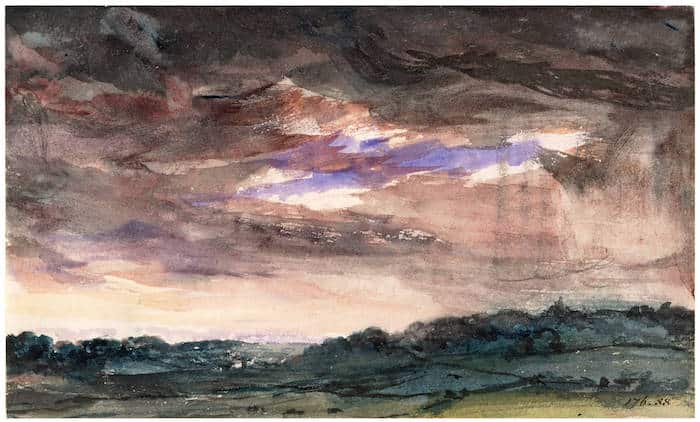
Landscape artists recognized that watercolor captured the fleeting moments of beauty in nature. The medium was a favorite of J.M.W. Turner and John Constable. Many regard Turner as the father of modern watercolor painting. Both he and Constable elevated the medium’s status in the art world.
Watercolor Painting Today
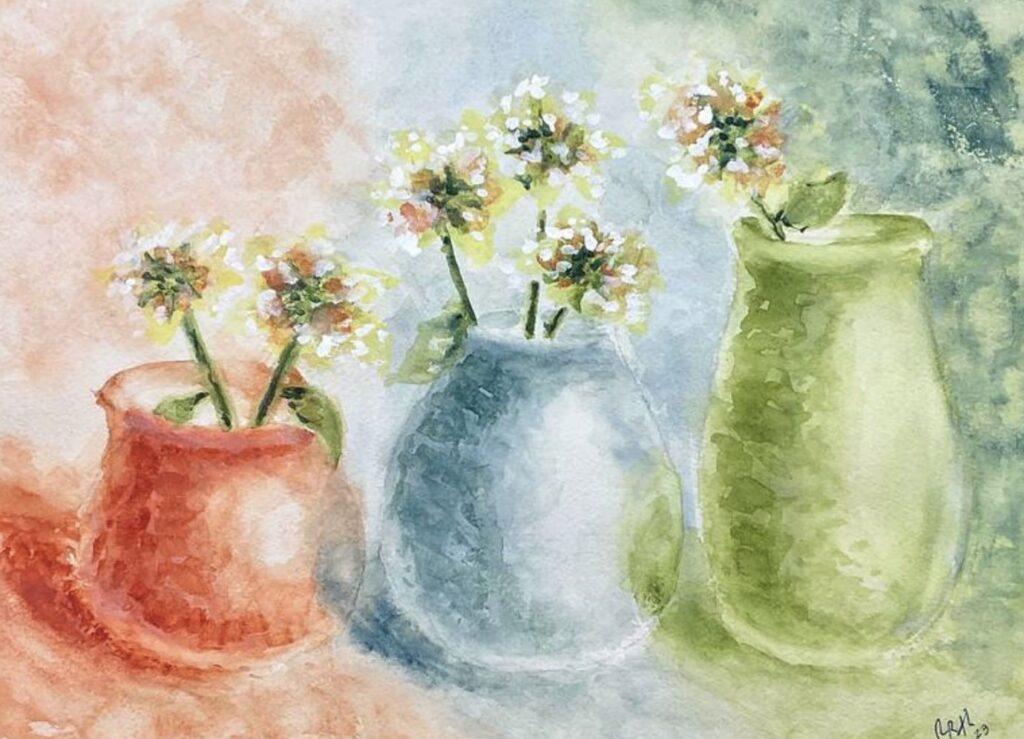
The transparency and layering of watercolor, together with a large vibrant color selection, make the medium a favorite for both beginning and advanced artists. The spontaneity and fluidity of watercolor allow for techniques not possible with other mediums. Advances in paint and paper manufacturing add to the desirability of watercolor for the modern artist.
More on modern watercolor painting – Watercolor Painting: An Underrated Medium in the Art World
Discover more from Rhonda Roth Art
Subscribe to get the latest posts sent to your email.